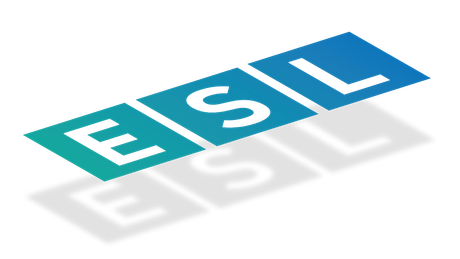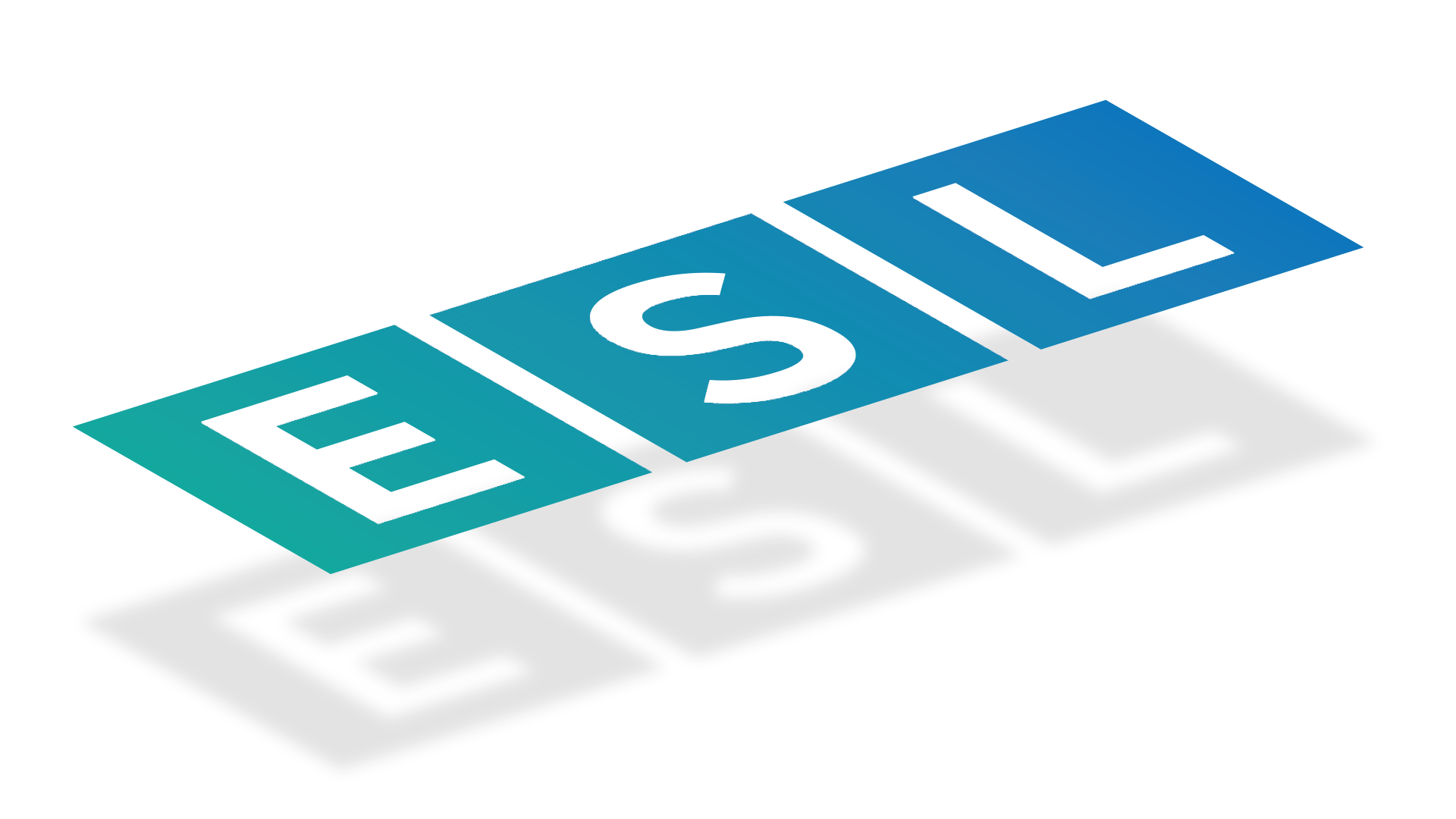
Protecting Your Software Development, ICT Support and Infrastructure.
I.T. Managed Services -
We specialise in continuity provision of IT Managed Services beyond legacy and current managed service agreements, lease rental or purchase IT asset contracts and ad - hoc arrangements for equipment and technical labour purchase.
In other words, protecting your software development, ICT support and infrastructure, 1st, 2nd and 3rd line support, data centre usage bringing together the various elements irrespective of their previous funding into one , long term , streamlined managed service agreement.
Our plans typically align themselves to last between 1 and 12 years, generally co terminating with your premises lease commencing with a technical audit of all aspects of your infrastructure, how it is funded and indeed liasing with software providers and funders with any interest in the companies IT assets under one umbrella with the technical know how to maintain existing service levels.
Or plans are tax effective and typically provide a minimum of 20% cost reduction in IT Managed Service provision.
Should additional funding be required to buy back assets or maintain a technology refreshment schedule, this can be typically provided by our sister Company, Fulcrum Finance Ltd.
3% - 5% of Revenue R.O.I.
IT spending is an investment, but it is very difficult to quantify the ROI.
A quick search of "IT spends by revenue by industry" gets some interesting data. The Fortune 500 average is slightly above 4%. Most industry IT spending is less than 3% of revenue.
The median is 3% to 5%. So ideally, what should be the percentage of IT spending of an organisation relative to its revenue? Seriously, the answer to this question depends on the industry, the company, the company's financial state, the company's competition, the company's IT historic investment (or lack of it), and most importantly, the company's strategic plan and the fit of the IT plan to support the company's plan.
Also, IT spending benchmark is more complex than such data point. It far too often becomes policy which is either too constraining, too generous or has had prolonged periods of under investment.
The Reasoning behind IT Spending Benchmarking -
CIO must do some benchmarking not only to justify the £££££ amounts spent but also to make sure that the company is spending a reasonable portion of its revenue on IT relative to other companies in the sector to be able to keep it in business in the long run.
Generic Benchmarking -
Don’t get too misled by a Benchmark that is too Generic.
How to use revenue benchmark objectively?
It’s not necessary to ignore the % revenue benchmark, just don't spend a lot of time using them as an investment data point, otherwise, you might follow those %s right into the ground. Since there is no consistency in accounting practices, "IT Expenditures" can vary from organisation to organisation, management has a responsibility to employ funds in such a way as to achieve the best possible return on investment. If that is achieved by spending on IT, then do it.
What about IT capital projects?
In some companies, those are treated as capital expenditures and not as part of the normal IT expenses, though IT has a heavy hand in the process, business would capitalise that expense instead of accounting for it in the normal IT chart of accounts. It’s a commingling of OPEX and CAPEX in relation to IT spend compared to revenue. OPEX, with the exception of M&A or massive expansion, could be rationalized as a percentage of revenue year over year, and should be as a metric. However, CAPEX defies this principle. Capital expenditures are always driven by ROI. Any CAPEX ROI should fall within the first three years or a compelling argument must be made relating to the typical five-year lifecycle.
It’s “just a number”
This kind of metric is useful for budgeting with new businesses that don't have run rate metrics or mature processes. But it should be remembered that it's "just a number". Actual expenditure should always involve a business case. No matter what the percentage is to Revenue, what should be included in the Expense line for total IT spending. As you can see, the metric differs greatly when you compare apples to oranges.
What proportion of IT spending is used to run, grow or transform your business?
Also, consider more systematically beyond a generic data point. The amount can further be divided into strategic (future business critical), tactical (efficiency and effectiveness improvement), and operational (work and service capacity) investments and expenditures: what proportion of IT spending is used to run, grow or transform your business? Doing it can help you weed or prioritize with better results, such as assign an attribute to each project indicating if it's strategic in nature (change in business model), revenue oriented, efficiency / cost oriented, or regulatory / compliance.
How about Shadow IT Spending
Depending on the industry, IT spending usually runs 3% to 5% of revenue. However, these numbers typically include all IT spending, not just what the IT department may spend. You need to be careful and look not just at the formal IT department budget but also where is shadow IT spending occurring. Is HR system support handled in IT or in the HR department? Is the Sales department buying its own PDAs, iPads, laptops, etc?
Therefore, IT spend as a % of revenue depends on many factors...
The answer is entirely situational and depends on too many factors. The real danger is that it detracts from optimising the investments. The only sensible thing to say is that the information leader should continue to improve the efficiency of OPEX through driving down cost and improving quality and ensure that CAPEX is supported by the organization and directed to yielding business benefits!
Contact Us
Have a question? We’re here to help. Send us a message or call and we’ll be in touch.
Tel: 0203 928 8622
ESL Managed Services Ltd
3 More London Riverside
London
SE1 2RE
120 Delta Park Industrial Estate, #3,
Millmarsh Lane,
Enfield,


